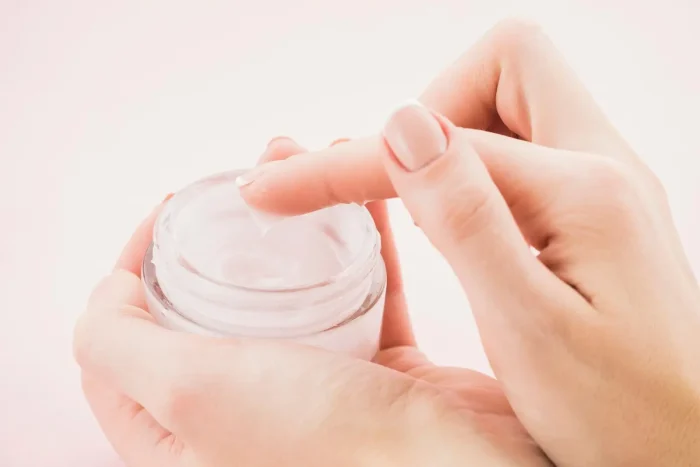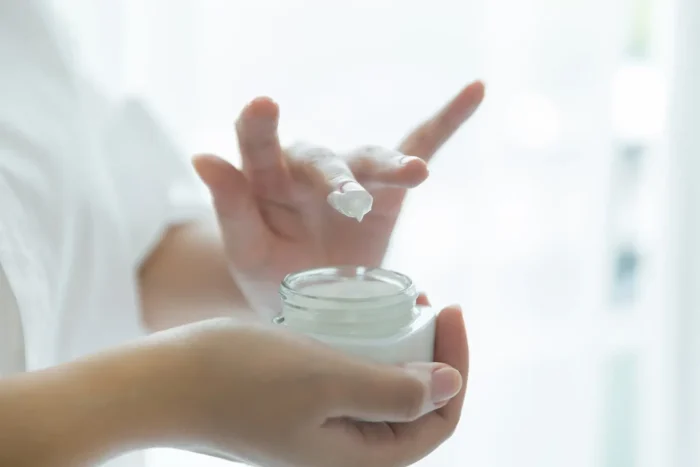Business Hours: Monday - Friday: 9 AM - 6 PM EST

EMLA Cream Uses: Comprehensive Guide to Clinical Applications
David Fuller
Last Updated On: April 4, 2025
Topical anesthetics play a crucial role in both medical and cosmetic procedures, offering localized pain relief without the need for systemic sedation. Among the most widely used options is EMLA cream, a topical formulation that combines lidocaine and prilocaine to safely and effectively numb the skin. Its ease of use and predictable onset make it an ideal solution for clinicians performing minor interventions.
EMLA cream is commonly used across various clinical settings, including dermatology, pediatrics, and outpatient surgery. It helps reduce discomfort during procedures such as needle insertions, laser treatments, microneedling, and skin biopsies, making it a valuable option for both adults and children. Its ability to provide consistent, non-invasive pain control has also expanded its role in aesthetic treatments, where patient comfort is a key concern.
This article provides a comprehensive guide to EMLA cream’s uses in clinical practice, detailing its effectiveness, application techniques, and best-use scenarios.
Key Takeaways
- EMLA cream is a topical anesthetic used to numb the skin for medical and cosmetic procedures.
- It is effective for minor surgeries, dermatological treatments, and pediatric applications.
- The cream should be applied 60–120 minutes before a procedure for optimal pain relief.
- Common uses include venipuncture, laser hair removal, tattoo removal, microneedling, and vaccinations.
- How long EMLA cream lasts depends on the skin type, age, and application area, typically providing 1 to 4 hours of numbness.
- Application must be adjusted for thicker skin, elderly patients, and children to ensure safety and efficacy.
About: Operating since 2016, Med Supply Solutions is known for being one of the industry’s top and trusted suppliers of cosmetic and viscosupplementation products. Contact our sales department for more information about buying EMLA cream online.

Application in Minor Surgical and Dermatological Procedures

EMLA cream is frequently used to numb the skin before minor surgical and dermatological procedures. It is typically applied to the treatment area 60–120 minutes in advance to ensure sufficient numbing. Common dermatological uses include:
- Skin Biopsies: Reduces discomfort during tissue sampling.
- Wart Removal: Minimizes pain during cryotherapy or excision.
- Mole Excision: Enhances comfort for minor surgical removal.
- Dermabrasion: Reduces sensitivity during skin resurfacing treatments.
Proper application technique is essential to ensure maximum absorption and optimal pain relief throughout the procedure.
Use in Venipuncture, Vaccinations, and Laser Treatments
EMLA cream also helps reduce pain from needle-based procedures and non-invasive laser treatments. Its numbing effect significantly improves patient experience, particularly for individuals with needle anxiety. Common clinical applications include:
- Venipuncture and IV Insertions: Eases blood draws and intravenous placements.
- Vaccinations: Especially helpful for children and patients with heightened sensitivity.
- Laser Hair Removal: Prepares the skin for a more comfortable treatment session.
Patients and providers often inquire how long EMLA cream lasts. On average, its numbing effect can last 1 to 4 hours, depending on skin type, application method, and procedure intensity.
Role in Tattoo Removal and Cosmetic Interventions
Tattoo removal and aesthetic procedures often cause discomfort, making EMLA cream a preferred choice for temporary anesthesia. It is frequently used to enhance patient comfort during:
- Tattoo Removal
- Microneedling
- Lip Fillers
- Botox Injections
- Chemical Peels
Properly applying the cream ensures that the anesthetic penetrates deep enough to desensitize nerve endings, making the entire experience less painful and more tolerable.
Pediatric Applications: Safety and Administration Practices
In pediatric care, EMLA cream plays a valuable role in reducing pain and anxiety during medical procedures. It is safely used for:
- Blood Tests
- IV Insertions
- Routine Vaccinations
Additionally, the cream can be applied during minor skin procedures like wart or mole removal. Pediatric dosing requires careful measurement and monitoring to prevent excessive absorption and side effects.
Considerations for Different Skin Types and Patient Ages

EMLA cream’s effectiveness depends on several factors, including skin thickness, age, and treatment area:
- Thicker Skin (palms, soles): Requires a longer application time.
- Thin or Sensitive Skin: Absorbs more quickly, leading to faster onset.
- Elderly Patients: May need extended application time due to reduced skin elasticity.
- Children: Require reduced doses and closer monitoring.
Customizing application based on these variables ensures safe and effective results for every patient.
Conclusion
EMLA cream is a versatile, clinically trusted anesthetic used across medical, dermatological, and cosmetic practices. From minor surgeries to pediatric procedures, it effectively minimizes discomfort when applied correctly. Understanding how long EMLA cream lasts and following proper application techniques ensures optimal numbing and patient satisfaction.
For patients and providers exploring purchase options, sourcing from licensed pharmacies and authorized medical suppliers is key to ensuring product authenticity and safety.
FAQs
1. What does EMLA cream do?
EMLA cream is used to numb the skin before procedures like blood draws, vaccinations, minor surgeries, laser treatments, and aesthetic interventions such as microneedling and tattoo removal.
2. How should I apply EMLA cream?
Apply a thick layer to the targeted area 60 to 120 minutes before the procedure. Cover with an occlusive dressing for maximum absorption and remove before the procedure begins.
3. Is EMLA cream safe for children?
Yes, EMLA cream is commonly used in pediatric care. However, practitioners may adjust dosing based on the child’s age and weight, and they must also monitor for any side effects.
4. Can practitioners use EMLA cream for laser hair removal treatments?
Yes, EMLA cream helps reduce discomfort during laser hair removal treatments. Doctors should apply the cream in advance and remove it just before the session begins.
References
Martínez-Tellería A, Cano Serrano ME, Rufino Ruiz J. Eficacia de la crema EMLA, influencia del lugar y tiempo de aplicación [Efficacy of EMLA cream, effect of time and place of application]. Rev Esp Anestesiol Reanim. 1999;46(3):106-110.
Doi K, Ueda Y, Imamachi N. Use of EMLA cream for skin anesthesia and epidural insertion in the patients with cesarean delivery: A prospective double-blind randomized clinical trial. Saudi J Anaesth. 2022;16(2):145-149. doi:10.4103/sja.sja_728_21
Products
Cart
Log In
Newsletter
Subscribe for exclusive offers and updates on new arrivals
Share feedback at:
Working Hours
Monday to Friday: 9 AM to 6 PM EST
The Most Popular Brands
Med Supply Solutions
Support
Copyright 2025. Med Supply Solutions